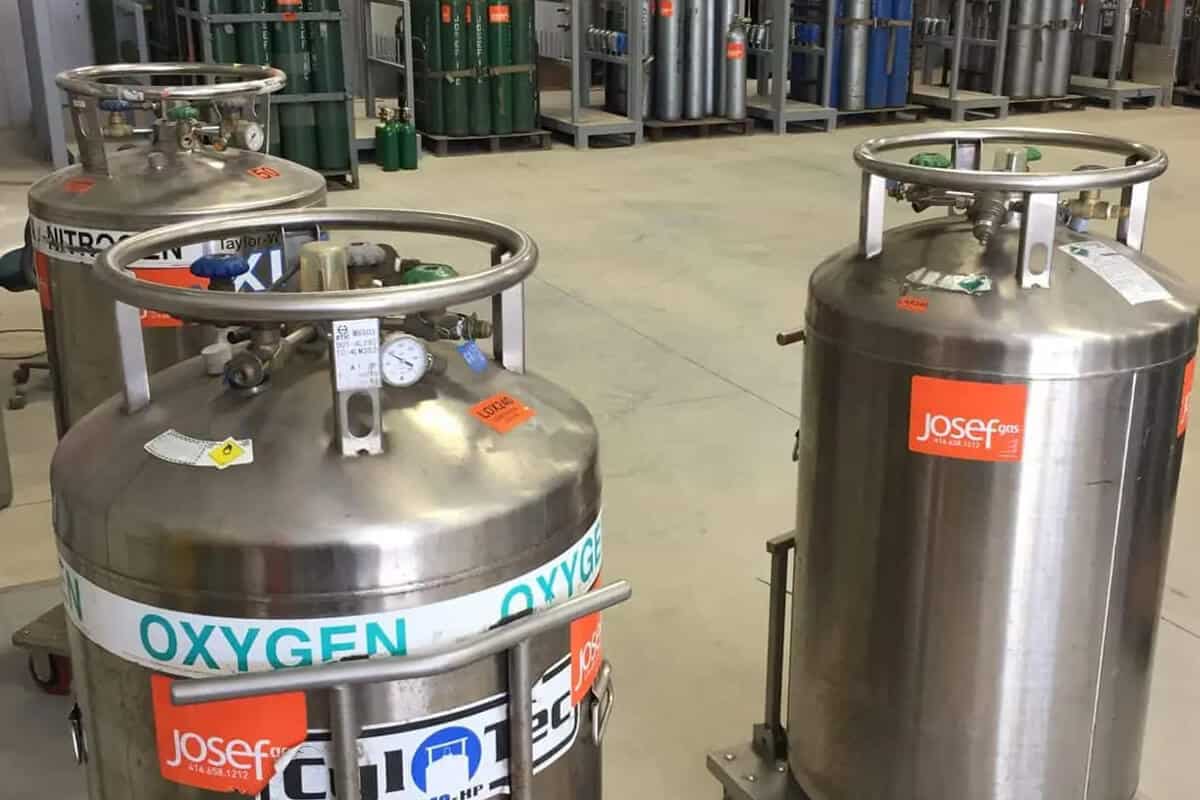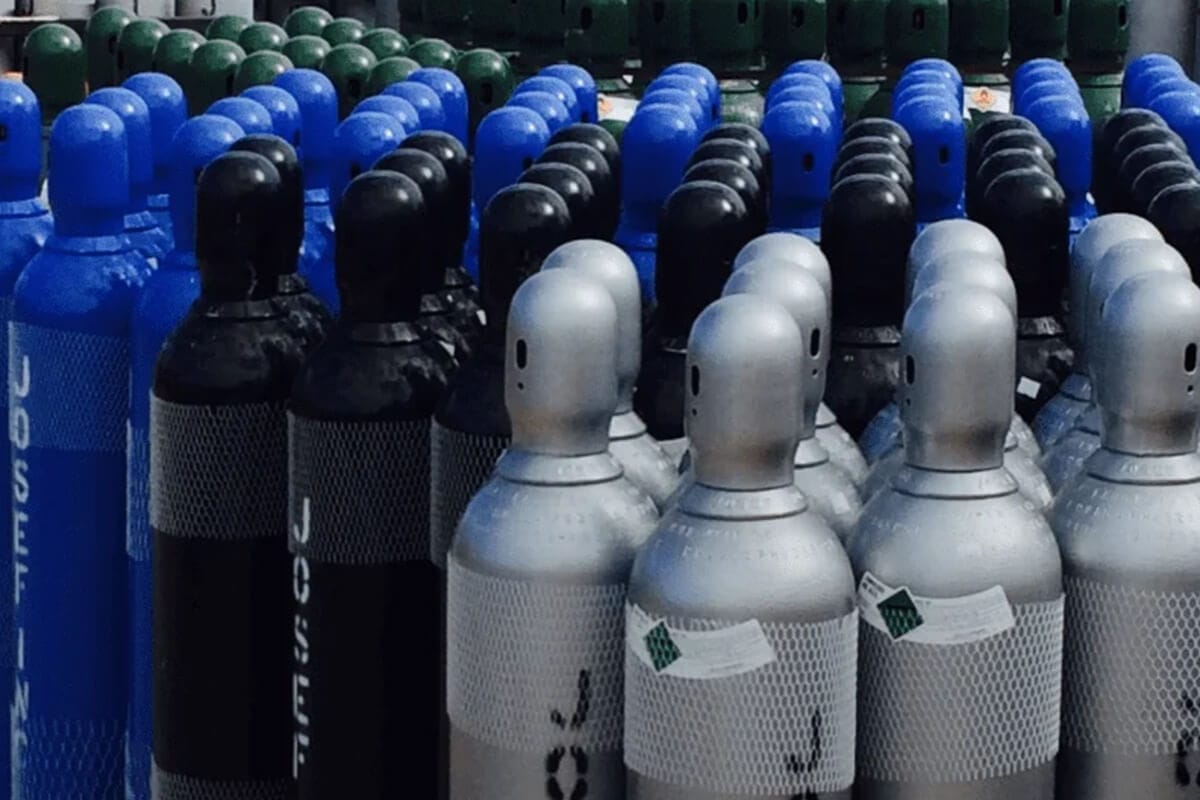Factors Influencing Specialty Gas Choice: Purity, Grade, and Other Considerations
April 28, 2025 7:51 pmSpecialty gases are gaseous materials designed for specific applications, distinct from standard industrial or fuel gases. They are crucial in Canadian sectors like healthcare, environmental monitoring, electronics manufacturing, research, and food processing, enabling critical functions like instrument calibration.
Selecting the right specialty gas is crucial for operational integrity, efficiency, and quality. Key factors include purity level, gas grade, and associated costs. Achieving an optimal balance is essential for technical success and economic viability in operations using these critical materials.
Understanding Purity in Specialty Gases
The purity of a specialty gas refers to the concentration of the primary component relative to any contaminants or impurities present. It is perhaps the most critical parameter, as even minute levels of unwanted substances can significantly compromise processes, experiments, or product quality. Defining and verifying purity requires precise analytical techniques and adherence to stringent standards, often verified by laboratories accredited by bodies such as the Canadian Gas Association, ensuring reliability for end-users. Understanding how purity is quantified and the potential impact of impurities is fundamental to selecting the correct gas.
Different Ways Purity is Expressed
- Percentage Purity: This common method expresses purity as the percentage of the main component by volume or mole fraction. A gas labelled 99.999% pure contains 99.999% of the desired molecule, with the remaining 0.001% consisting of specified or unspecified impurities.
- Parts Per Million (ppm) / Parts Per Billion (ppb): For ultra-high purity gases, impurity levels are often detailed in ppm or ppb. This provides a more granular view of specific contaminants, which is crucial for applications sensitive to particular substances like moisture or oxygen.
- Number of Nines: Purity is colloquially described by the “number of nines.” For instance, “five nines” purity corresponds to 99.999%, and “six nines” means 99.9999% pure. This shorthand offers a quick reference but requires checking the specification sheet for details on specific impurities.
- Maximum Impurity Levels: Gas specifications frequently list the maximum allowable concentration for critical impurities (e.g., H₂O < 1 ppm, O₂ < 0.5 ppm). This guarantees the gas meets the threshold requirements for specific sensitive applications, regardless of the overall percentage purity figure.
Impact of Impurities
- Analytical Interference: In gas chromatography or spectroscopy, impurities can co-elute with target analytes or absorb at similar wavelengths, leading to inaccurate measurements, false positives, or poor calibration curves. This directly undermines the reliability of results in research and quality control laboratories.
- Process Contamination: Reactive impurities like oxygen or moisture can degrade sensitive materials, catalyze unwanted side reactions, or poison catalysts in chemical synthesis or semiconductor manufacturing. This results in lower product yields, reduced quality, and potential batch failures.
- Equipment Damage: Certain impurities, particularly corrosive ones like hydrogen sulphide or moisture (which can form acids), can degrade gas delivery systems, regulators, valves, and sensitive analytical instruments over time, leading to costly repairs and operational downtime.
- Safety Hazards: Some impurities, even at low concentrations, can pose significant safety risks. For example, flammable impurities in an oxidizing gas or toxic contaminants in breathing gases can create dangerous or non-compliant conditions, necessitating rigorous quality control.
- Regulatory Non-Compliance: For applications governed by regulations, such as medical gases overseen by Health Canada or environmental monitoring standards, using a gas with impurities exceeding permissible limits can lead to non-compliance, impacting patient safety, environmental reporting accuracy, and legal standing.
Specialty Gas Grades
Gas suppliers classify specialty gases into grades based on purity levels and analytical testing. Understanding these grades helps match gas to application requirements without overpaying or risking process failure. Certification documentation accompanying higher grades.
- Research Grade: Representing the highest commercially available purity, often exceeding 99.999% (five nines) or even 99.9999% (six nines). These gases undergo extensive purification and rigorous analysis for trace impurities, sometimes down to parts-per-trillion levels for specific contaminants.
- Ultra-High Purity (UHP) Grade: Typically defined as 99.999% pure. UHP gases have stringent specifications for critical impurities like moisture, oxygen, hydrocarbons, and carbon oxides. They are essential for applications where even ppm-level contaminants can cause significant issues.
- High Purity (HP) Grade: Generally, it signifies purity levels around 99.99% to 99.998%. These gases offer a balance between purity and cost, suitable for many laboratory analyses, process applications, and instrument support functions that require cleaner gas than industrial standards.
- Industrial Grade: This grade has lower purity specifications compared to analytical or electronic grades. While suitable for applications like welding, purging, or general manufacturing processes, the impurity levels may be too high for sensitive analytical or electronic applications. Composition can vary more significantly.
- Medical Grade: These gases must meet specific purity and impurity standards mandated by regulatory bodies like Health Canada. Production, testing, and handling are strictly controlled to ensure patient safety for applications such as respiration, anaesthesia, or instrument calibration in clinical settings.
Applications Suited for Different Grades
The choice of gas grade is crucial for specific applications, as insufficient purity can cause errors, safety issues, and increased costs. Proper matching is essential for technical performance and cost-effectiveness.
- Research/Calibration Grade (≥99.9995%): Ideal for highly sensitive analytical techniques (e.g., GC-MS, ICP-MS), fundamental research requiring minimal interference, and the preparation of primary calibration standards where utmost accuracy is essential for traceability.
- Ultra-High Purity (UHP) Grade (99.999%): Widely used in semiconductor manufacturing for processes like etching and deposition, carrier gases in high-sensitivity gas chromatography, and for zeroing analytical instruments requiring very low background noise from impurities like hydrocarbons or oxygen.
- High Purity (HP) Grade (99.99%+): Suitable for general laboratory analysis (e.g., routine GC), instrument support gas (e.g., FID fuel gas), purging systems, controlled atmospheres in material science, and some less demanding calibration applications where UHP is not strictly necessary.
- Industrial Grade: Commonly used for welding shielding gases (e.g., Argon, CO₂), metal fabrication, purging pipelines, inerting blankets in chemical processing, and other manufacturing applications where the primary function doesn’t involve high sensitivity to trace impurities.
- Medical Grade: Exclusively used for healthcare purposes dictated by Health Canada regulations, including medical air for respiration, nitrous oxide for anaesthesia, oxygen therapy, carbon dioxide for insufflation, and calibration gases for medical diagnostic equipment ensuring patient safety and efficacy.
The choice of specialty gases is crucial for process integrity, analytical accuracy, operational safety, and economic efficiency in Canadian industries. Factors like purity level, gas grade, and cost must be carefully considered. Understanding purity, impurities, grades, and cost drivers helps organizations select the most suitable gas for optimal performance without unnecessary expenses.
For expert assistance in navigating these considerations and selecting the ideal specialty gas solution for your unique requirements in Canada, reach out to Josef Gases at (416) 658-1212 to discuss your specialty gas requirements.



